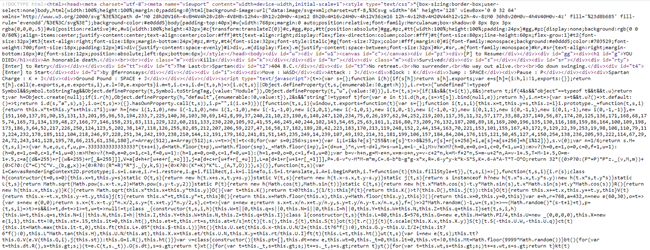More thoughts on shuffledness

Thinking about what I said, it can’t be just about how far a card moves when shuffled but how much disordering occurs as well. If you shuffled the deck and discovered 7 cards in a sequence like 2,3,4,5,6 of hearts deep into the deck, they would have moved from near the top of the deck (an “ordered deck” is A-K in Hearts, Clubs, Diamonds and Spades) then it probably wasn’t a very good shuffle.
One way to measure “disorder” is to subtract each card’s ordinal value from it’s successor and sum up the absolute value of them . Ordinal value is the value 0-51 where 0 = Ace Hearts, 1 = 2 Hearts and so on. In an ordered deck the sum of all these subtractions will be 51. In a well shuffled deck I would guess it might be something like 1352 (52 x 26). Absolute value is the abs(x) function of x which is always positive if x is negative. abs(-8) = 8. abs(8) = 8.
So now for shuffledness we have two values. Displacement and disorder. If both are calculated as a value between 0 and 1 then multiplying them together might work as a measure of shuffledness.
Here’s a very simple example of calculating the value for disorder. So far the calculations have never got a total much above 900, and not near 1352. I’ll run a few experiments and see the range of values.
// shuffledness.c : This measures how shuffled a deck of cards is
// cards are held as values 0-51 in a 52 int array.
#include <time.h>
#include <stdio.h>
#include <stdlib.h>
int deck[52];
time_t t;
// Order the cards 0-51. 0 = Acew Hards,13 = Ace Clubs,26 = Ace of Diamonds and 51 = King of Spades
void InitDeck() {
for (int i = 0; i < 52; i++) {
deck[i] = i;
}
}
// Works on glovbal array deck and calculates a value for how displayed each card is
float CalcDisorder() {
int total=0;
for (int i = 1; i < 52; i++) {
total += abs(deck[i] - deck[i - 1]);
}
printf("Total = %d\n", total);
return total / (52.0f * 26.0f);
}
// Shuffle a deck by swapping two random cards a specified number of times
void ShuffleDeck(int numtries) {
int firstIndex, secondIndex;
for (int i = 0; i < numtries; i++) {
do {
firstIndex = rand() % 52;
secondIndex = rand() % 52;
}
while (firstIndex == secondIndex);
int value = deck[firstIndex];
deck[firstIndex] = deck[secondIndex];
deck[secondIndex] = value;
}
}
int main() {
/* Intializes random number generator */
srand((unsigned)time(&t));
InitDeck();
ShuffleDeck(1000);
printf("CalcDisorder() == %f\n", CalcDisorder());
return 0;
}That’s about 50 lines long. I’ll work on it and add the displacement calculation and try and get a maximum figure the the disorder calculation.

 Which means it supports Raspberry Pi. Of course I’ve been using it thanks to the code.headmelted.com version but it’s convenient now that both 32-bit and 64-bit ARM are available to download from the official site. As always, make sure you pick the .deb version either ARM for the 32-bit Raspberry Pi OS or ARM 64 if you have the 64-bit.
Which means it supports Raspberry Pi. Of course I’ve been using it thanks to the code.headmelted.com version but it’s convenient now that both 32-bit and 64-bit ARM are available to download from the official site. As always, make sure you pick the .deb version either ARM for the 32-bit Raspberry Pi OS or ARM 64 if you have the 64-bit.
 I’m not fond of JavaScript but I am still in awe at the ingenuity of people who created a HTML5 game in JavaScript in just 13KB. There’s an annual competition called
I’m not fond of JavaScript but I am still in awe at the ingenuity of people who created a HTML5 game in JavaScript in just 13KB. There’s an annual competition called 
 It’s not uncommon to have 2D games (and 3D) incorporate a physics engine. So when objects move and hit each other they behave realistically. The code that deals with “physical” interaction, objects bouncing or rolling off other objects is usually all parcelled up in a game physics engine.
It’s not uncommon to have 2D games (and 3D) incorporate a physics engine. So when objects move and hit each other they behave realistically. The code that deals with “physical” interaction, objects bouncing or rolling off other objects is usually all parcelled up in a game physics engine. I first thought about this when I wrote the program to shuffle deck of cards using a riffle shuffle. If you are given a deck of cards (or pack of cards as us Brits say), how do you discern just how shuffled the pack is? Can you calculate a numeric value for it say a % ranging from 0 to 100?
I first thought about this when I wrote the program to shuffle deck of cards using a riffle shuffle. If you are given a deck of cards (or pack of cards as us Brits say), how do you discern just how shuffled the pack is? Can you calculate a numeric value for it say a % ranging from 0 to 100?

